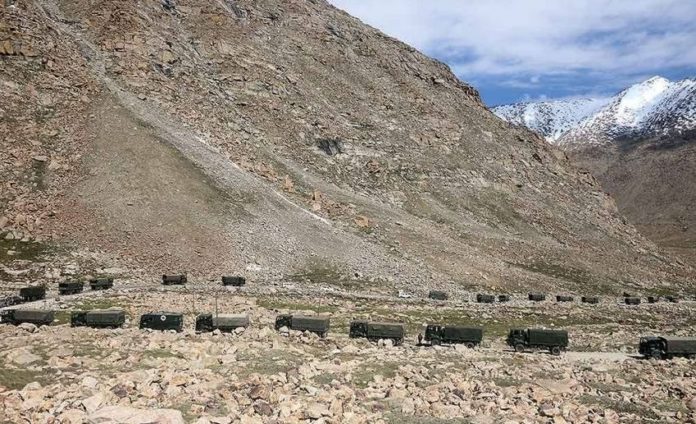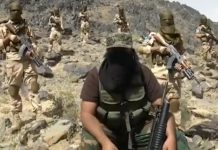New Delhi (NVI): Two days after the fourth round of Corps Commander-level talks between India and China, the Army today said that although the two sides remain committed to the objective of complete disengagement at Line of Actual Control (LAC), the process is “intricate” and requires “constant verification”.
The military-level talks held were on Tuesday at Chushul on the Indian side of LAC to finalise modalities for the next phase of de-escalation and disengagement of troops in eastern Ladakh.
In a statement issued today, the Ministry of Defence said that July 14 Commanders’ meeting was consistent with the consensus reached between the Special Representatives of India and China to discuss complete disengagement.
To recall, the SR level talks were held on July 5, in which the Indian side was represented by National Security Advisor Ajit Doval and the Chinese side was represented by China’s Foreign Minister Wang Yi.
Meanwhile, hours after Army’s statement, the Ministry of External Affairs said the process of disengagement along the LAC is complex and therefore, unsubstantiated and inaccurate reports need to be avoided.
At the same time, the MEA said that there is absolutely no change with respect to India’s position on the Line of Actual Control. “We are fully committed to observing and respecting the LAC. Any unilateral attempts to change the status quo along the LAC are not acceptable.” it added.
The July 14 meeting was held between XIV Corps Commander Harinder Singh and South Xinjiang Military Region Commander Major General Liu Lin to resolve the standoff which started early May.
At the military level meeting, the Senior Commanders reviewed the progress on implementation of the first phase of disengagement and discussed further steps to ensure complete disengagement, the MoD said in a statement.
However, the mention of intricacy and constant verification in disengagement of troops at LAC indicates that the process will take some more time.
Although disengagement has been seen at Patrolling Point 14 (PP14) in Galwan Valley, where the deadly clashes took place, and Hot Springs and Gogra Post areas, India’s focus is now towards disengagement at the north bank of Pangong Tso, which seems to be another challenge.
In the first signs of withdrawal of Chinese troops along LAC in Eastern Ladakh earlier last week, the PLA removed tents and dismantled its structures in the disputed area.
India and China are currently locked in a bitter standoff at multiple locations in Eastern Ladakh, especially after the June 15 violent clash between the Indian and Chinese troops in Galwan Valley, in which 20 Indian soldiers lost their lives.
-ARK








